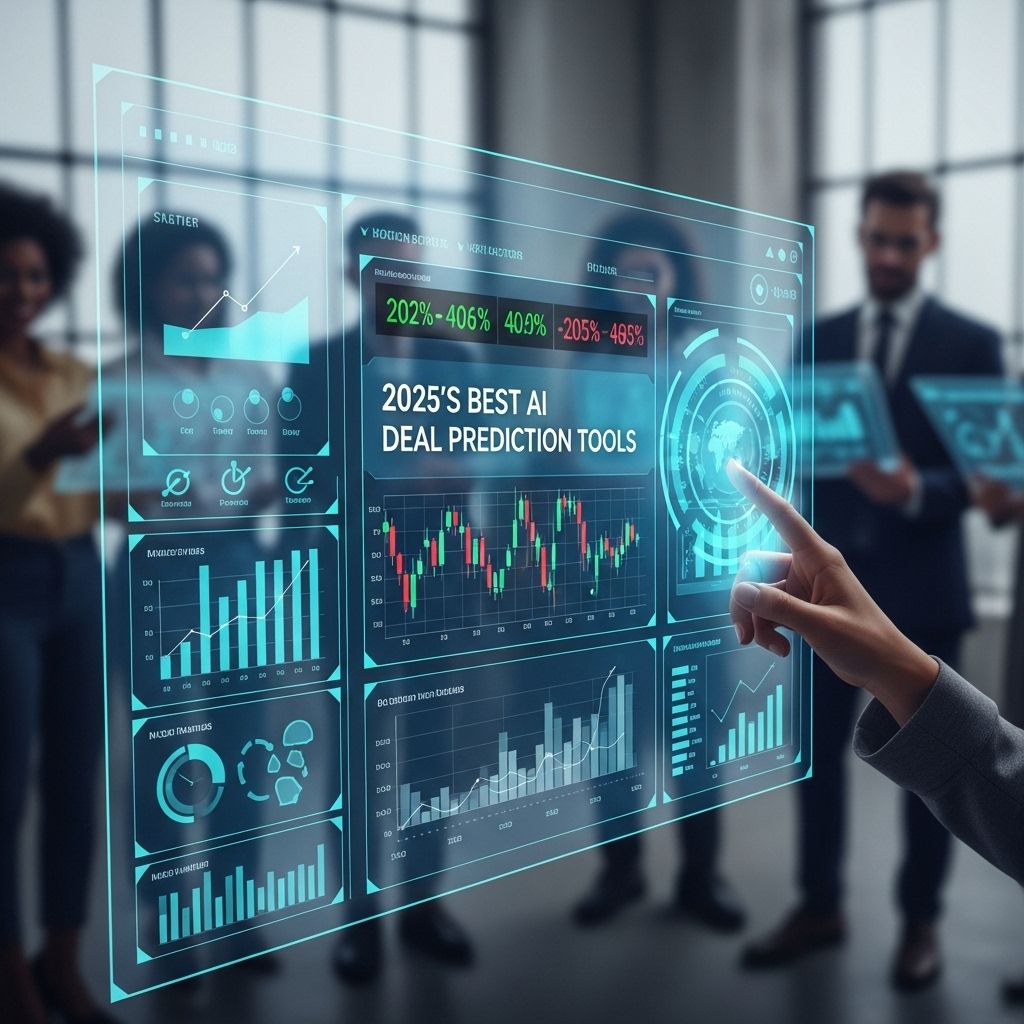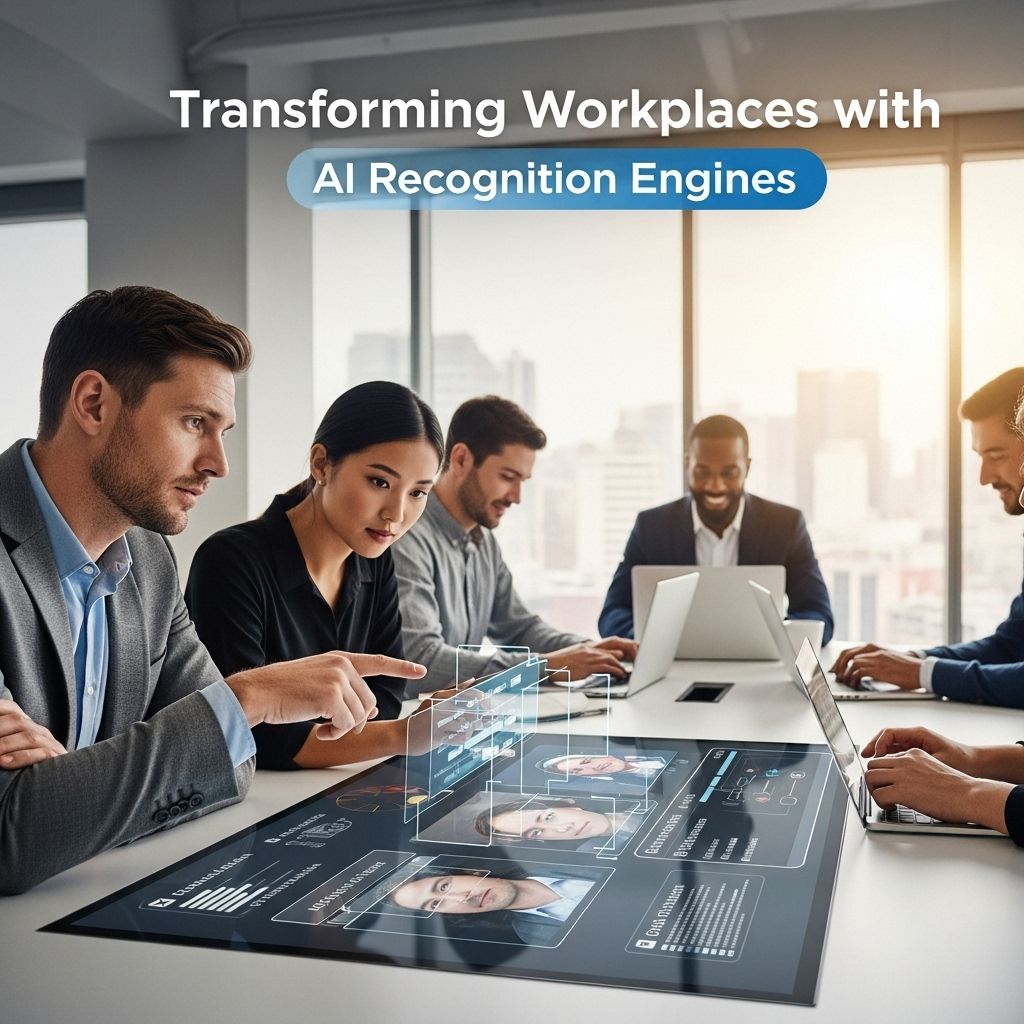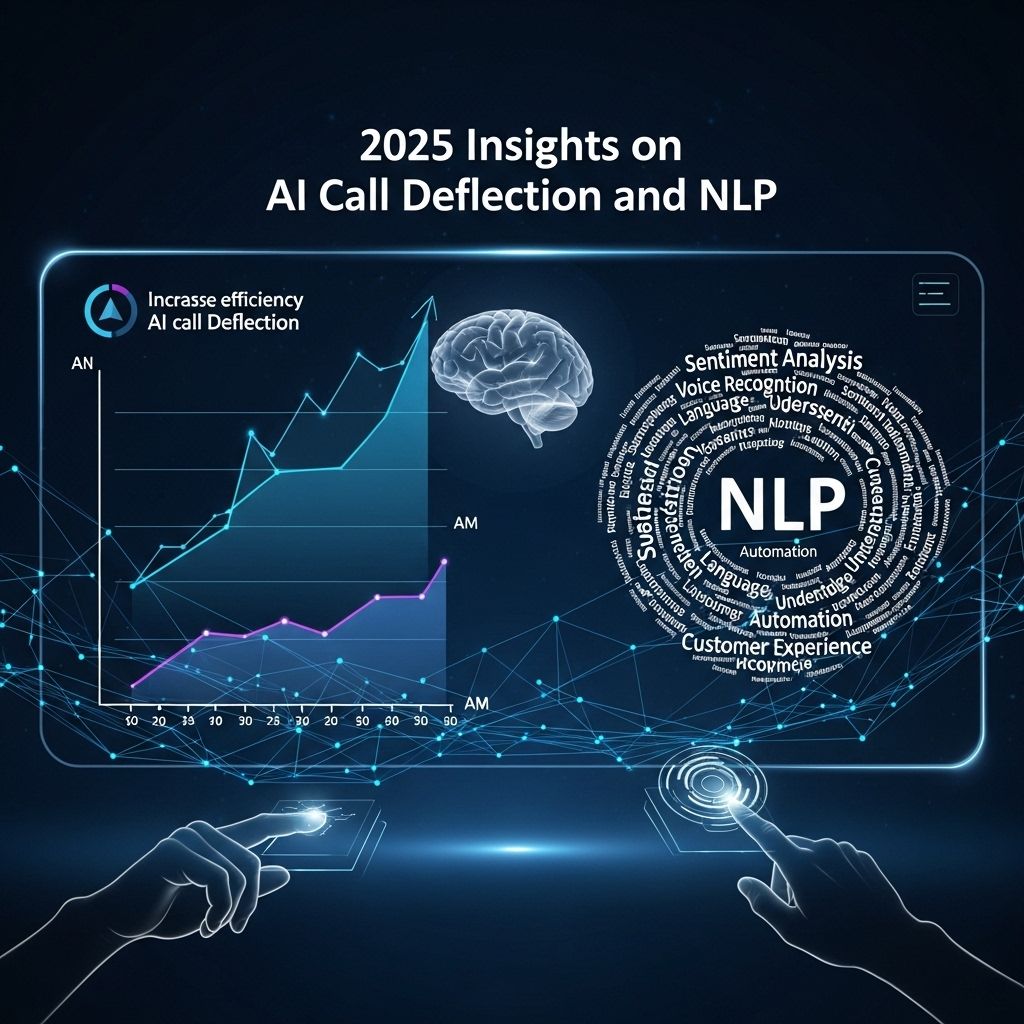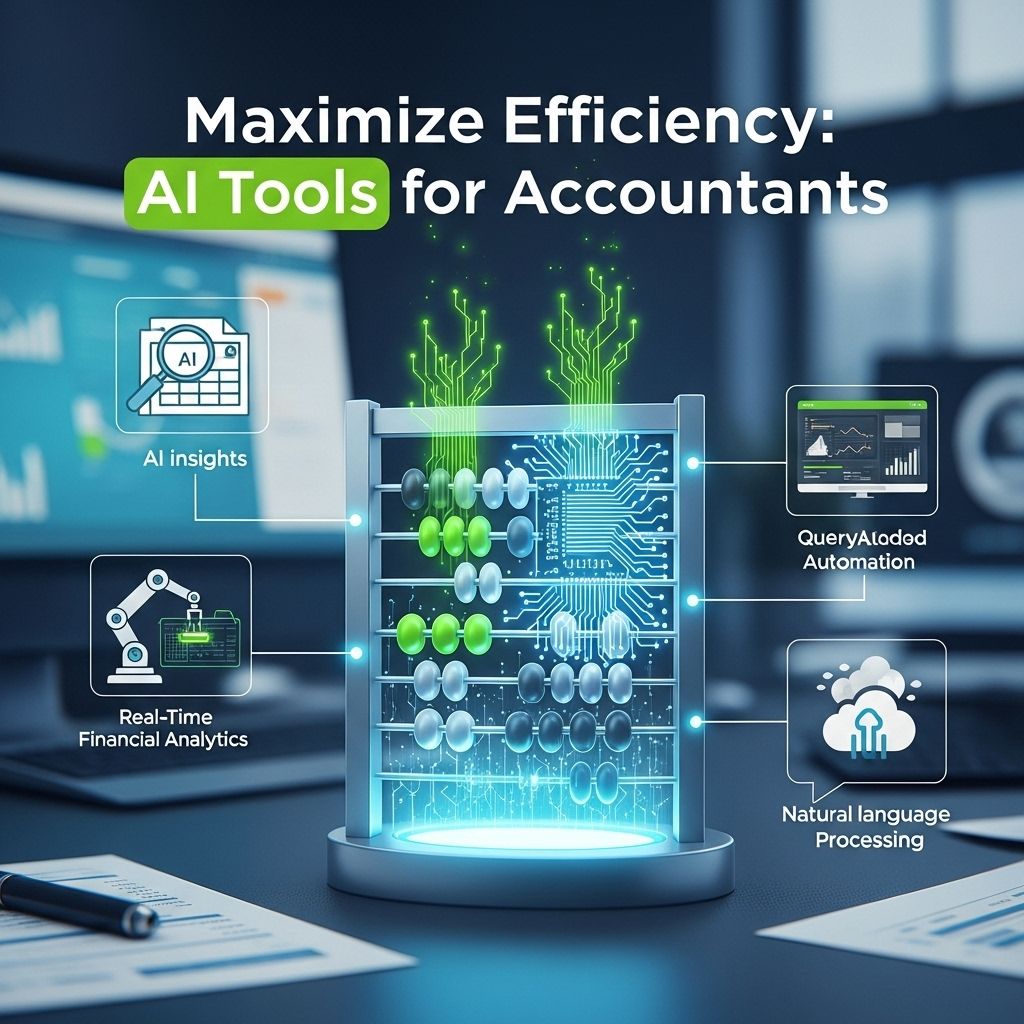Top AI Tools Revolutionizing Redlining in 2025
Discover the best AI tools that will transform redlining practices in 2025, enhancing efficiency and accuracy in urban planning.
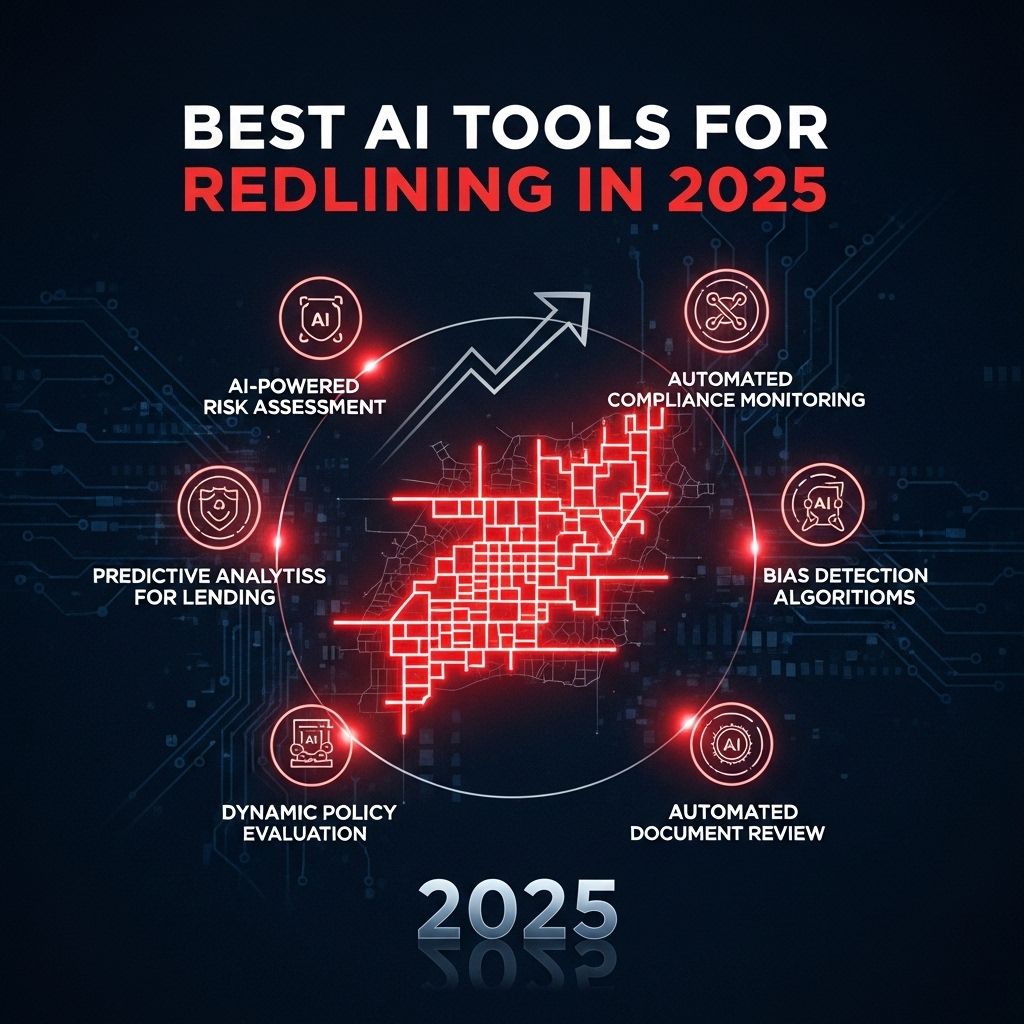
As we step into 2025, the landscape of Artificial Intelligence continues to evolve at a breakneck pace, ushering in new tools and methodologies that redefine the way we approach various tasks. One such area where AI is making significant inroads is redlining, a term that traditionally refers to discriminatory practices in housing and lending. However, in the context of AI, it relates to the delineation of data boundaries, identifying trends, and facilitating informed decisions. This article explores the best AI tools for redlining in 2025, focusing on their capabilities and applications.
Table of Contents
The Importance of AI in Redlining
Redlining, in its modern interpretation, is about data segregation and analysis. AI tools enable businesses to:
- Analyze historical data trends to identify patterns.
- Visualize data in a comprehensible manner for stakeholders.
- Make informed decisions based on predictive analytics.
- Reduce human bias in decision-making processes.
With the ongoing advancements in machine learning and data processing, the tools available in 2025 are set to revolutionize how organizations manage and analyze data.
Top AI Tools for Redlining in 2025
1. DataVisor
DataVisor is an AI-driven data analysis platform that specializes in identifying anomalies within datasets. Its advanced algorithms can sift through large volumes of data, pinpointing irregular patterns that might indicate underlying issues.
Features:
- Real-time anomaly detection using unsupervised learning.
- Comprehensive data visualization tools.
- Seamless integration with existing data infrastructure.
Use Cases:
- Financial institutions identifying fraudulent transactions.
- Healthcare organizations monitoring patient data trends.
- Retail companies analyzing customer behavior.
2. Tableau with AI Integration
Tableau has long been a favorite for data visualization, and its integration of AI features in 2025 has made it even more powerful. Using AI-assisted analytics, Tableau can provide deeper insights into datasets.
Features:
- Natural language processing to query data.
- Automated insights generation based on historical trends.
- Collaboration features for team analytics.
Use Cases:
- Businesses tracking sales performance across regions.
- Organizations analyzing employee performance metrics.
3. IBM Watson Studio
IBM Watson Studio has been a cornerstone for organizations looking to leverage AI. Its data science capabilities extend to redlining by enabling users to create robust machine learning models that analyze data effectively.
Features:
- Collaboration tools for data scientists and analysts.
- Automated model building and deployment.
- Integration with various data sources including cloud storage.
Use Cases:
- Tech companies developing predictive maintenance algorithms.
- Banking institutions assessing loan application risks.
4. Google Cloud AI
With its suite of tools for data processing and ML, Google Cloud AI is a compelling choice for organizations looking to enhance their redlining capabilities. Its ability to handle vast datasets efficiently while providing insightful analytics sets it apart.
Features:
- Advanced natural language processing APIs.
- Pre-trained models and AutoML capabilities.
- Integration with BigQuery for efficient data handling.
Use Cases:
- Companies analyzing customer sentiment from reviews.
- Organizations predicting market trends based on social media data.
Comparative Analysis of AI Tools
| Tool | Strengths | Best for |
|---|---|---|
| DataVisor | Anomaly detection, real-time analytics | Financial services |
| Tableau | Data visualization, collaboration | Business intelligence |
| IBM Watson Studio | Machine learning, model deployment | Data science teams |
| Google Cloud AI | Large datasets handling, NLP | Cloud-based analytics |
Challenges and Considerations
While the advancements in AI tools for redlining are promising, there are challenges and considerations that organizations must keep in mind:
- Data Privacy: Ensuring that data handling complies with regulations such as GDPR.
- Bias in AI: Addressing any inherent biases in datasets that could skew results.
- Integration Costs: Evaluating the total cost of ownership when integrating new AI tools into existing systems.
Conclusion
The landscape of AI tools for redlining in 2025 is rich and varied, offering organizations unprecedented opportunities to enhance their data analysis capabilities. By selecting the right tools tailored to their specific needs, companies can navigate the complexities of data-driven decision-making more efficiently than ever before. Embracing these advancements not only streamlines operations but also fosters a more informed and responsive approach to business strategy.
FAQ
What are the best AI tools for redlining in 2025?
In 2025, some of the best AI tools for redlining include advanced geographic information systems (GIS), machine learning algorithms for data analysis, and predictive modeling software that can help identify patterns in housing and lending.
How can AI improve redlining analysis?
AI can improve redlining analysis by providing deeper insights into historical data, identifying biases in lending practices, and predicting future trends, enabling policymakers to make informed decisions.
What role does machine learning play in redlining detection?
Machine learning plays a crucial role in redlining detection by analyzing large datasets to identify discriminatory patterns and practices, providing evidence for policy changes.
Are there any ethical concerns with using AI in redlining?
Yes, ethical concerns include the potential for algorithmic bias, privacy issues, and the need for transparency in AI models to ensure fair treatment for all individuals.
How can communities benefit from AI tools addressing redlining?
Communities can benefit from AI tools by gaining access to better housing opportunities, improved economic conditions, and informed advocacy against discriminatory practices.
What advancements in AI technology should we expect for redlining by 2025?
By 2025, advancements in AI technology expected for redlining include enhanced data visualization tools, real-time analytics capabilities, and more sophisticated algorithms that can account for various socioeconomic factors.


